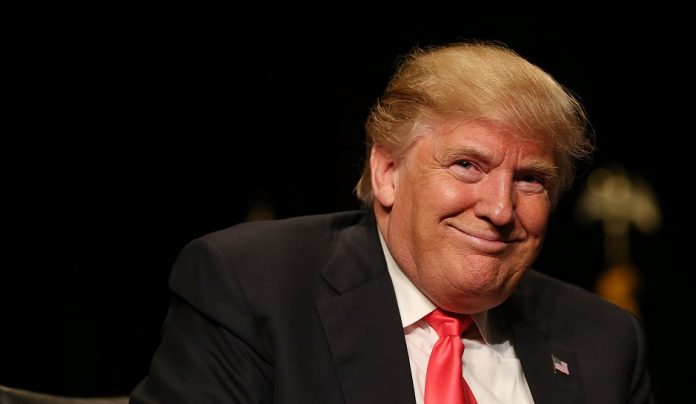The Trump administration released limited fixes Thursday for shaky health insurance markets, but insurers quickly said those actions won’t guarantee stability for millions of consumers now covered.
While calling it a step in the right direction, the industry is looking for a guarantee that the government will also keep paying billions in “cost-sharing” subsidies. And President Donald Trump says he hasn’t made up his mind on that.
Republicans contend that the Affordable Care Act, or ACA, is beyond repair, but their “repeal and replace” slogan hasn’t been easy to put into practice, or politically popular. So Thursday’s action was intended to keep the existing system going even as Republicans pursue a total remake.
Many of the changes follow recommendations from insurers, who wanted the government to address shortcomings with HealthCare.gov markets, including complaints that some people are gaming the system by signing up only when they get sick, and then dropping out after being treated.
But the White House remained mum on the biggest concern. Insurers, doctors, hospitals and the business community have asked Trump to preserve ACA cost-sharing subsidies that pare down high deductibles and copayments for consumers with modest incomes. They’re separate from the better-known premium subsidies that most customers receive.
“There is still too much instability and uncertainty in this market,” Marilyn Tavenner, president of America’s Health Insurance Plans and the industry’s top lobbyist, said in a statement. “Health plans and the consumers they serve need to know that funding for cost-sharing reduction subsidies will continue uninterrupted.”
Estimated at $7 billion this year, the subsidies are under a legal cloud. Without the payments, experts say the government marketplaces that provide private insurance for about 12 million people will be overwhelmed by premium increases and insurer departures.
In a Wall Street Journal interview this week, Trump raised the possibility of shutting off the money if Democrats won’t bargain on health care. But the president also said he hasn’t made up his mind, and said he doesn’t want people to get hurt.
House Democratic Leader Nancy Pelosi of California called that an “appalling threat.” Democrats are now demanding that the issue be addressed in a must-pass spending bill due at the end of the month. The new administration has continued to make cost-sharing payments to insurers as it weighs options.
The changes announced Thursday include:
- A shortened sign-up window of 45 days, starting with coverage for 2018. That’s about half as long as the current open enrollment season.
- Curbs on “special enrollment periods” that allow consumers to sign up outside the normal open enrollment window. Insurers say these have been too easily granted, allowing some people to sign up only when they need costly treatment.
- Allowing an insurer to collect past debt for unpaid premiums from the prior 12 months before applying a consumer’s payments to a new policy.
- Giving insurers more flexibility to design low-premium plans that can be tailored to young adults.
“While these steps will help stabilize the individual and small group markets, they are not a long-term cure for the problems that the Affordable Care Act has created in our health care system,” Seema Verma, the Trump administration official responsible for the markets, said in a statement.
Analyst Larry Levitt of the nonpartisan Kaiser Family Foundation said the new rules will be “meaningless” in encouraging insurance companies to stay in the market if the government ends cost-sharing subsidy payments.
The changes come as insurers are figuring out their plans for 2018.
Consumers likely won’t know for certain what sort of choices they will have until late summer or early fall, a couple months before open enrollment begins.
This year saw premium increases averaging 25 percent for a standard plan in states served by HealthCare.gov. Some insurers say they’ve lost hundreds of millions of dollars, and many have pulled back or are considering it.
Most communities will have competing insurers on the public marketplace next year, but a growing number will be down to one, and some areas may face having none







